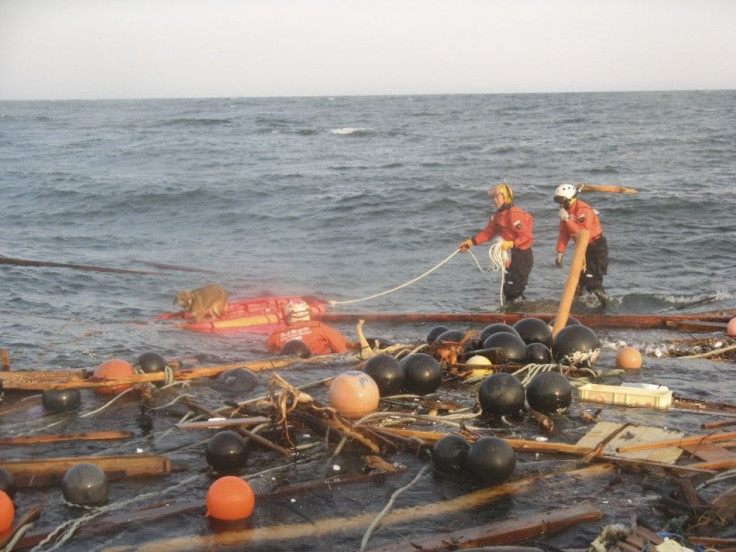Tsunami Debris to Hit American Shores This Year

When a 9.0 magnitude earthquake hit Japan last year, it caused a massive tsunami killing nearly 16,000 people. The tsunami that dragged personal items from Japanese citizens, including televisions, dressers, refrigerators, out to sea, could wind up on the shores of Hawaii this year.
The debris initially formed a thick mass in the ocean, just off Japan's northeastern coast, reported the Associated Press. About 8 million tons of debris washed out to sea, but most of it sank. However, ocean currents have stretched the remaining one million tons of debris some 3,000 miles throughout the vast waters of the Pacific.
In September, a Russian ship spotted a refrigerator and a television set as well as other household appliances just to the west of Hawaii. But the objects have drifted far apart and it is unlikely that anyone will see objects grouped together.
Typically, people see one object at a time, said Nikolai Maximenko, a senior researcher at the University of Hawaii's International Pacific Research Center, according to the Chicago Tribune.
The National Oceanic and Atmospheric Administration estimated that one percent to five percent of the floating debris could make its way to the West Coast, but would reach Hawaii's Midway Atoll first, reported the Associated Press.
Satellites reportedly observed thick masses of debris close to Japan's shore, but lost track in the days and months that followed.
But the debris could have potential threats to ocean wildlife. Objects from Japan's finishing industry could wash up on coral reefs and beaches, posing a threat to the indigenous inhabitants.
The major question is how much of that material has sank since last year, and how much of that remains afloat or still in the water column, Conservation biologist and marine debris specialist from the Ocean Conservancy Nicholas Mallos said, according to the Associated Press.
He added that although the debris is no longer in large chunks, it still poses a danger to the wildlife.
In many cases it's not density that matters, its total amount, he said. For example, if there's a current flowing around Midway Island, that island would collect debris like a trawl moving across the ocean. It will collect all the debris on its way.
Maximenko concludes that a majority of the debris will end up in the Great Pacific Garbage Patch, a floating garbage patch somewhere between Hawaii and California.
© Copyright IBTimes 2024. All rights reserved.





















